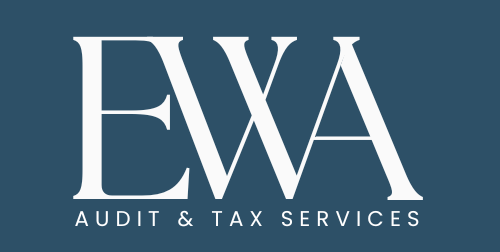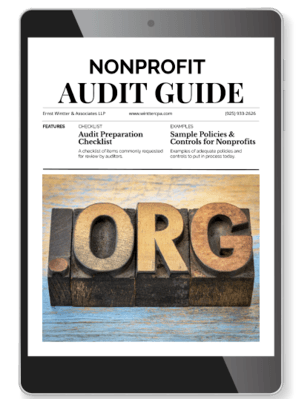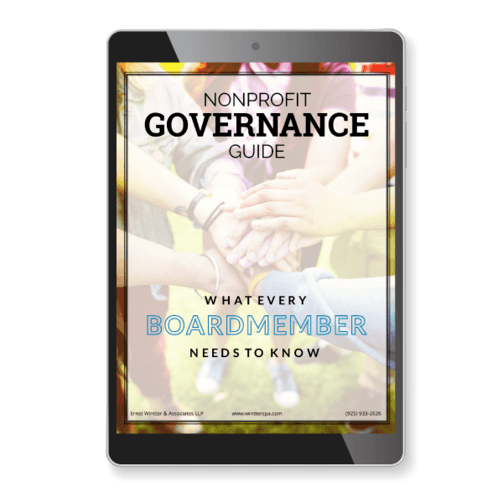Donated services have become especially important during the COVID-19 pandemic, which has turned our economy upside down. Massive unemployment and shutdowns are reducing nonprofits’ ability to function just as demand for services is soaring. Many donors are temporarily unable to give money, but instead may provide donated services or gifts in kind (GIK). Although these gifts are a lifesaver, recording and crediting their value properly can be challenging. Accurate documentation is critical if your organization requires nonprofit audit services. Here are some quick tips.
There are many kinds of gifts
Gifts in kind can be defined as either tangible property or the right to use it. GIKs can be anything from allowing your organization to use facilities for free or at a discount, to the donation of furniture or medical supplies. For instance, hospitals all over the country are accepting donations of protective equipment. Other examples include free advertising, the display of art for an exhibition, or a vehicle.
When your nonprofit receives GIK’s, the first thing to ask is if it’s useful to your organization. This could be through direct use, or by selling it to raise money for operations. Property that is useful has a value to the organization, and it should be recorded as a donation. Later, the gift should be added as a receivable within the institutional bookkeeping.
Next, it is important to ensure you know the fair value of a gift. Essentially, this is the price your nonprofit would have had to pay for the GIK on the open market. For something with a clear market value, such as a car or hospital PPE, it’s easy to make this determination. Other things, like artwork or collectibles, are harder to value. When gifts are valued at $5,000 or less, it’s usually OK to rely on a good faith estimate of value from the donor. Larger gifts, however, require independent valuation for tax purposes. You’ll want to ask your tax preparer if you have questions, and advise your donor to do the same.
Donated services are different
When donors perform services at a free or reduced rate, there are different considerations. The IRS offers two criteria to determine its value::
First, do the services provided give your nonprofit a new tangible asset, or do they enhance an existing tangible asset? If so, they are worth the entire fair market value as of the donation date.
Second, is the service provided something that requires special skills, and performed by someone with those skills? And, would your organization have paid someone with those skills absent the donation? If both conditions are met, then you should record it as income in the amount of fair market value. At the same time, it is recorded as an expense of the same amount for services provided.
Closing thoughts on Gifts in Kind
Yes, it’s complicated, and we’ve barely scratched the surface. Download our Guide for Nonprofit Boardmembers for more information.








